SGEM #417: Everybody’s Changing…the Reference Ranges for Pediatric Vital Signs
The Skeptics' Guide to EM
OCTOBER 14, 2023
Case: A 5-year-old boy presents to the emergency department (ED) with his parents for fever and fatigue. Vital sign ranges from common guidelines such as Pediatric Advanced Life Support (PALS) [1] or Advanced Pediatric Life Support (APLS) [2] can differ. He has had three days of high fevers at home.





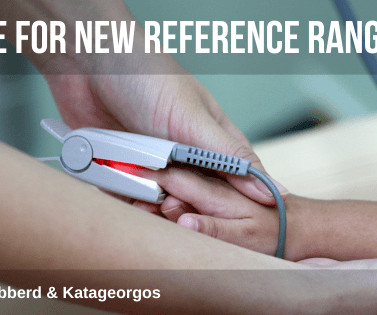
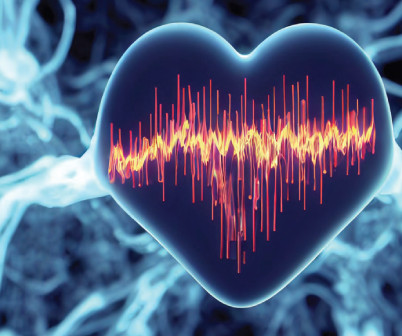
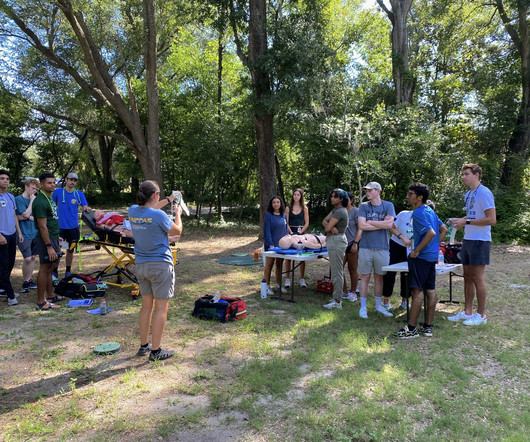
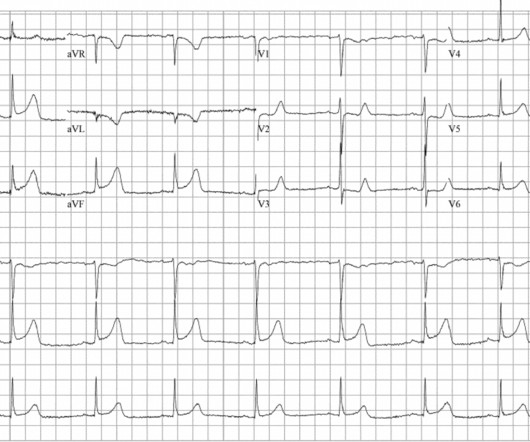


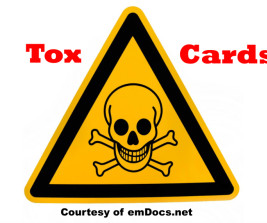

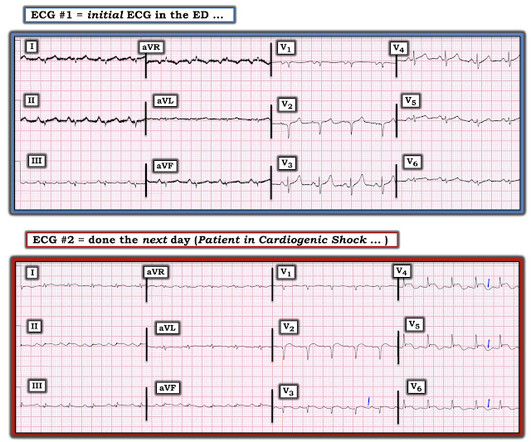

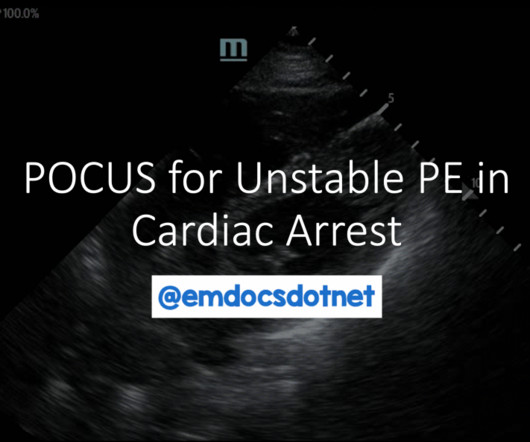
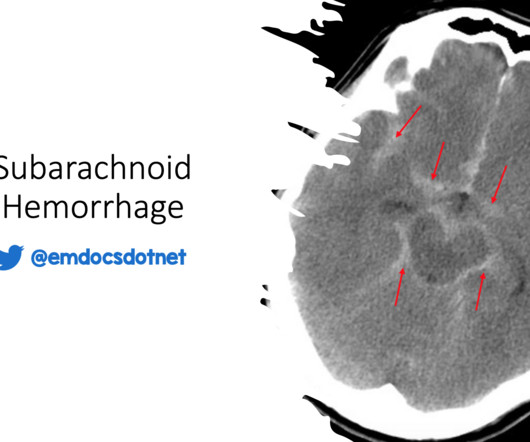
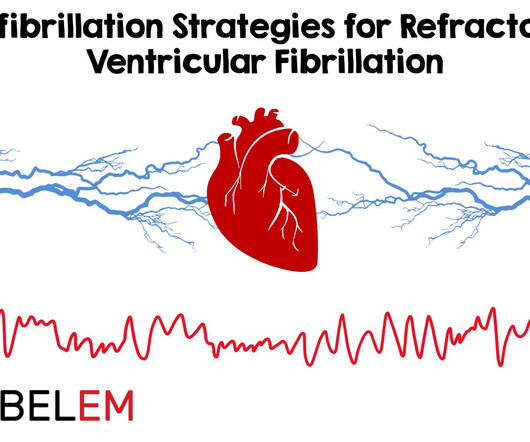






Let's personalize your content